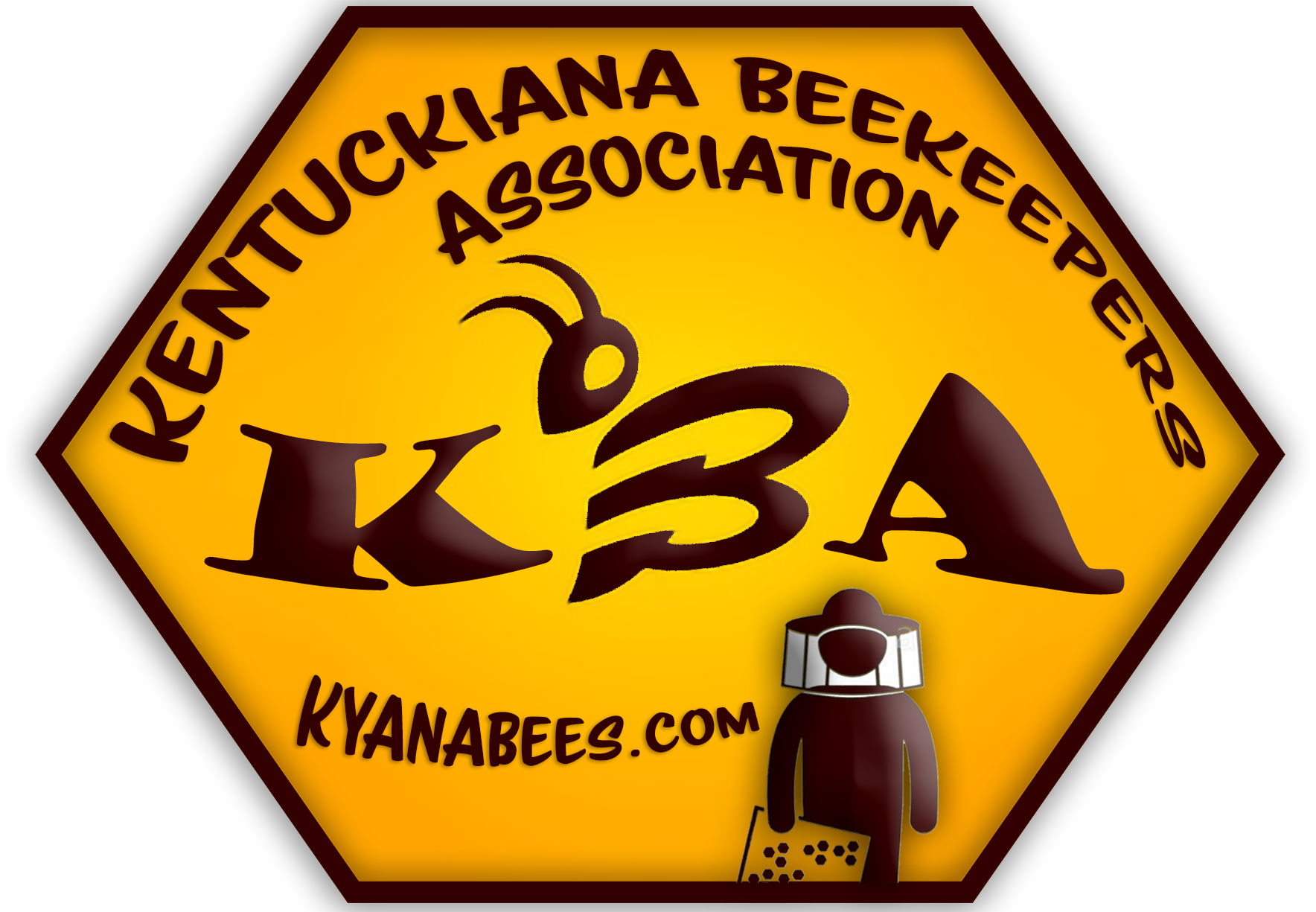September Bee Calendar - What's Happening Inside the Hive
What’s Happening Inside the Hive?
Brood rearing begins to taper off and drone brood has disappeared. Often, a second honey flow comes in September. Goldenrod and aster bloom at this time. With a good location and good weather conditions, the beekeeper can make a significant crop. Have an empty super on the hive to take advantage of this possibility. Your experience from previous years will tell you whether bees can make a late season crop in your area.
Beekeeper Chores
Put those mite treatments on! Hot September weather may keep you from putting the Apicure gel packs (for varroa) or menthol (for tracheal mites) on. Wait until daytime temperatures are regularly below 85o.
Beekeepers often face a September dilemma. If they put their Apistan on in early September, they will not be able to harvest the honey made in that time. If they wait until late September, the varroa mites may be out of control and the hive lost. The best approach is to monitor your varroa numbers through late summer. That information will allow you to make an informed decision.
The last weeks of warm weather are the time to assess which hives are ready for winter. There is still time to feed syrup to those without sufficient stored honey and to unite the weakest hives with stronger hives.
Observations and Ideas
Late summer and early fall is yellow jacket
season. These wasps are often confused with honey bees by non-beekeepers. If your neighbors have yellow jackets disrupting their picnics, they may blame you. Show them the differences : yellow jackets have less hair than the fuzzy bees, are slightly smaller, live underground, and are interested in many foods like meat that bees don’t care for. Yellow jacket nests die when winter comes. Only the queens survive, hibernate through the winter, and start new nests alone in spring.







